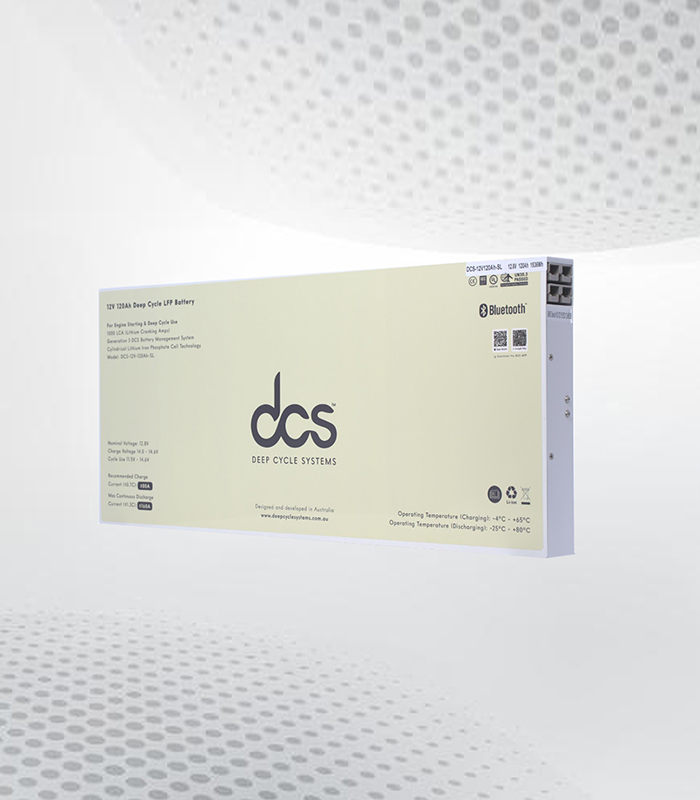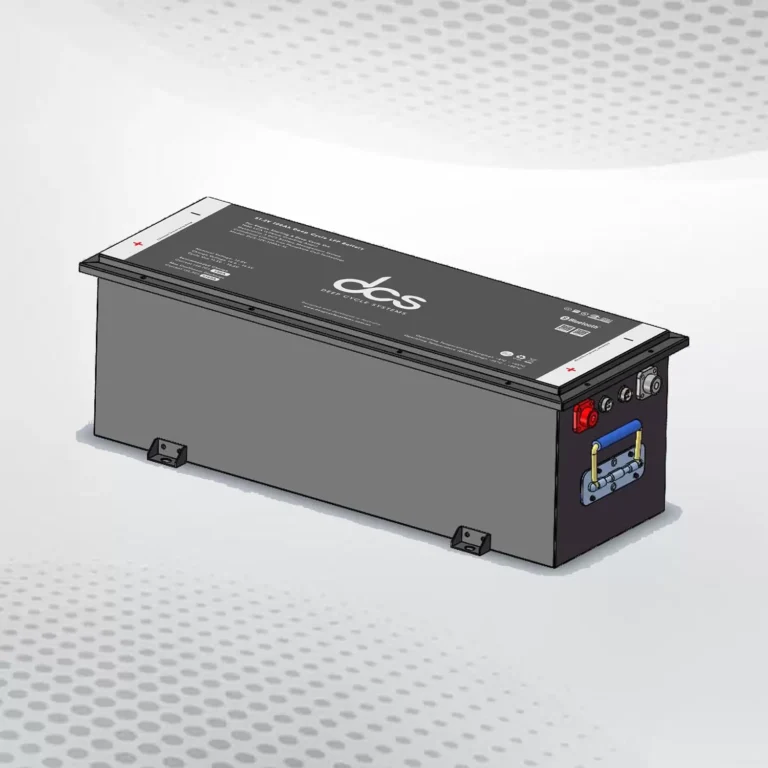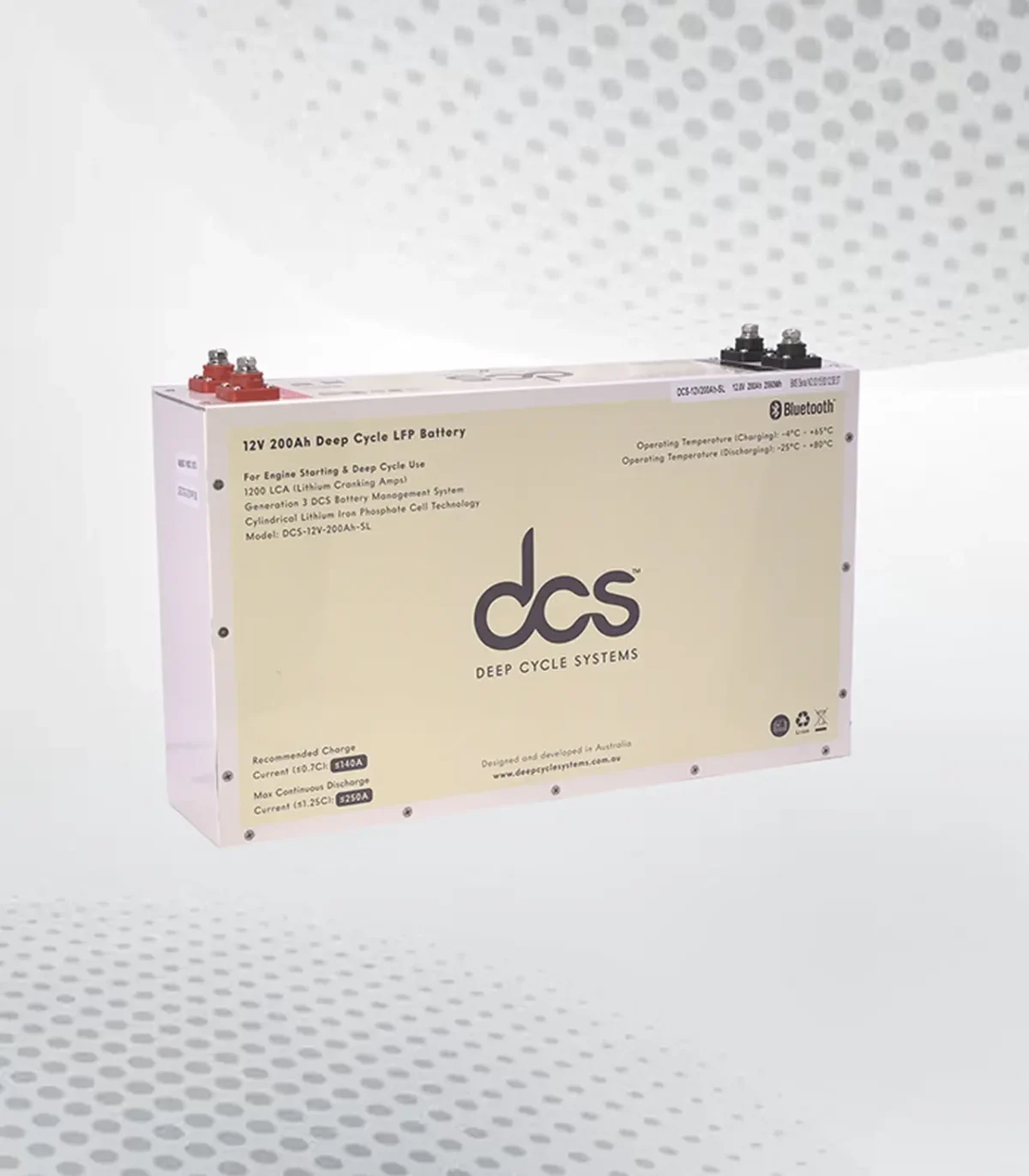In a world where portability and power are paramount, lithium batteries have emerged as the unsung heroes of modern technology. These compact energy storage systems have transformed how we live, work, and connect. From powering our smartphones to electrifying vehicles, lithium battery slimline continue to evolve astonishingly. Among these advancements lies the exciting development of slimline designs that promise enhanced performance without sacrificing space.
Manufacturers are rising to the challenge as consumer demands grow for lighter and more efficient solutions. The latest iterations of lithium battery technology deliver impressive energy densities and fit seamlessly into sleek devices and innovative applications. Let’s dive deeper into this fascinating realm where power meets innovation—exploring what makes lithium battery advancements game-changing for industries.
Evolution of lithium battery technology
Lithium battery technology has advanced greatly since its inception in the 1970s. Initially, these batteries were bulky and limited in capacity, primarily used for powering small electronic devices. The introduction of lithium-ion batteries marked a significant turning point. These batteries offered greater energy density and reduced weight. This advancement paved the way for laptops and smartphones to become portable powerhouses. In recent years, researchers have focused on further enhancing performance. Innovations such as solid-state electrolytes push boundaries by increasing safety while improving charging times.
Benefits Of Slimline Battery Lithium
Slimline battery lithium stands out for their impressive energy density. They pack a lot of power into a compact size, making them ideal for various applications.
- Another essential benefit is their lightweight nature. This characteristic enhances portability in devices like smartphones and laptops.
- Their efficiency also deserves attention. Lithium batteries charge quickly, allowing users to return to using their gadgets without long wait times.
- Another plus is longevity. These batteries often have a longer lifespan than their traditional counterparts, offering more value over time.
- Additionally, lithium batteries maintain performance across many cycles. This consistency ensures that devices operate effectively throughout the battery’s life.
They are also environmentally friendly when appropriately recycled. As sustainability becomes increasingly essential, modern technology discussions cannot overlook this aspect.
Typical applications of lithium batteries
Lithium batteries are everywhere, powering a wide range of devices and applications. In consumer electronics, they are the go-to choice for smartphones, laptops, and tablets due to their lightweight nature and high energy density.
Lithium batteries have revolutionized electric vehicles (EVs) in the automotive sector. They provide efficient energy storage, enabling longer driving ranges and faster charging times.
Moreover, these batteries store surplus energy for later use in renewable energy systems like solar power installations. This feature enhances sustainability by optimizing power usage.
Lithium technology also benefits medical devices. Portable medical equipment relies on these reliable batteries to ensure continuous operation during crucial moments.
From drones to wearables, lithium batteries’ versatility continues to expand across diverse industries, and they show no signs of slowing down anytime soon.
Slimline advancements in lithium batteries
Slimline advancements in lithium batteries mark a significant shift in technology. These innovations focus on reducing size while enhancing efficiency and power output.
- Recent developments have led to thinner, lighter battery designs. This reduction is crucial for portable devices that require sleek aesthetics without sacrificing performance.
- Manufacturers are utilizing new materials and advanced engineering techniques. These improvements allow for higher energy density, meaning more power can be packed into smaller spaces.
- Smartphone manufacturers are particularly benefiting from these slimline batteries. Lighter devices with longer lifespans are now the norm, appealing to consumers who prioritize mobility.
- Electric vehicles also see advantages as design constraints lessen with slimmer batteries. Enhanced space utilization leads to better overall vehicle layouts and improved range.
These advancements represent just a fraction of the ongoing research aimed at further refining lithium battery technology, promising exciting possibilities.
Impact on various industries (e.g. transportation, electronics)
Lithium batteries have transformed numerous industries, driving innovation and efficiency. In transportation, electric vehicles (EVs) are leading the charge. Slimline lithium battery designs allow for lighter cars with longer ranges, making EVs more appealing to consumers. The electronics sector also benefits significantly. Slimline lithium batteries power everything from smartphones to laptops, enabling sleek designs without compromising performance. These advancements mean that devices can be thinner while offering extended usage times.
Challenges And Limitations Of Dcs Slimline Lithium Battery
Despite the remarkable advancements in dcs slimline lithium battery, several challenges remain. One primary concern is safety. Lithium batteries can be prone to overheating and, in extreme cases, may catch fire or explode.
Another limitation involves capacity degradation over time. As these batteries undergo multiple charge cycles, their ability to hold a charge diminishes, impacting overall performance and longevity.
Environmental concerns also arise from mining practices for lithium and other materials used in battery production. If not managed properly, the extraction process can lead to significant ecological damage.
Additionally, recycling remains a hurdle. While some facilities exist, many end-of-life batteries are discarded improperly, leading to waste issues.
Costs continue to challenge widespread adoption across various applications. Developing affordable alternatives without sacrificing efficiency or safety presents an ongoing dilemma for manufacturers and researchers.
Future possibilities and developments
The future of lithium battery technology holds immense promise. Researchers are exploring new materials that could significantly enhance energy density and charging speeds. Solid-state batteries, for example, offer a pathway to higher safety and efficiency. Innovations in recycling processes may also emerge. Efficient recovery methods will reduce waste and lower the environmental impact associated with raw material extraction. Moreover, integration with renewable energy sources is on the horizon. Imagine electric vehicles using slimline batteries that seamlessly connect to solar panels or wind turbines.
Additional Accessories and Features
Lithium battery slimline designs are not just about compactness; they come packed with additional accessories and features that enhance usability.
Intelligent charging systems have emerged as a significant accessory. These smart chargers optimize energy flow, ensuring batteries charge efficiently while preventing overheating.
Integrated monitoring systems also play a vital role. They provide real-time data on battery health, voltage levels, and usage patterns, allowing users to make informed decisions about maintenance and longevity.
Furthermore, compatibility with various devices ensures versatility in applications. Slimline lithium batteries easily fit into everything from drones to electric vehicles, making them indispensable across multiple industries.
Durability enhancements add another layer of appeal. Features like water resistance or shockproof casings cater to demanding environments where reliability is paramount.
These advancements contribute significantly to user experience, making slimline lithium batteries an attractive option for modern needs.
The Importance of Lithium Batteries
Lithium batteries play a crucial role in the modern world. Their lightweight design and high energy density make them indispensable in various applications. These batteries are at the forefront of technological innovation, from powering smartphones to electric vehicles. Their ability to hold a charge for more extended periods means less frequent recharging, enhancing convenience for users everywhere. The compact nature of lithium batteries allows manufacturers to create sleeker devices that fit seamlessly into our daily lives.
Moreover, lithium batteries become even more essential as we shift towards renewable energy solutions. They store energy generated from solar or wind sources, making it possible to use clean power efficiently and sustainably. The demand for reliable battery technology is proliferating. Lithium batteries will continue to drive progress across multiple sectors as industries evolve and consumer needs change.
Evolution of Lithium Battery Technology
The journey of lithium battery technology has been transformative since its inception in the 1970s. Initially, early prototypes struggled with efficiency and energy density. They were bulky and limited in application. As research progressed, significant breakthroughs emerged. The commercial introduction of lithium-ion batteries in the 1990s marked a pivotal moment. These batteries offered increased capacity and longer life cycles compared to their predecessors.
Advancements in Slimline Design
The slimline design of lithium batteries marks a significant leap in technology. These innovations focus on reducing size while enhancing performance. Manufacturers use advanced materials to create batteries that fit seamlessly into compact devices.
This evolution allows for more efficient use of space in gadgets and vehicles. As designers prioritize thin profiles, the demand for high-density energy storage increases.
Moreover, these slimmer models come with improved thermal management systems. This means they can deliver power consistently without overheating.
With advancements like stacked cell configurations, manufacturers are pushing boundaries further. The result? A new generation of lightweight yet powerful energy solutions that cater to diverse applications from wearables to electric vehicles, all while maintaining efficiency and safety standards.
Benefits of Slimline Lithium Batteries
Slimline lithium batteries are revolutionizing the power landscape. Their compact design allows for more efficient use of space in devices, making them ideal for modern electronics.
Lightweight Nature
One significant advantage is their lightweight nature. This feature enhances portability without sacrificing performance, allowing users to enjoy robust energy solutions that don’t weigh down their products.
Improved Thermal Management
Additionally, slimline batteries often have improved thermal management capabilities. Compared to traditional designs, they generate less heat during operation, increasing safety and longevity.
Adaptability
Their adaptability makes them suitable for various applications—from wearables to electric vehicles. Manufacturers benefit from streamlined integration into sleek product designs.
Higher Energy Densities
Moreover, technological advancements mean these batteries offer higher energy densities than ever before. This translates to longer usage times between charges, enhancing user satisfaction significantly.
Potential Applications for Slimline Lithium Batteries
Slimline lithium batteries, with their compact size and high efficiency, are transforming various sectors. Their design allows seamless integration into devices where space is at a premium, such as wearables and IoT gadgets.
These batteries contribute to the development of lightweight electric vehicles in the automotive industry. They enhance range without compromising performance or aesthetics.
Consumer electronics also benefit significantly from this technology. Smartphones, tablets, and laptops can now be slimmer while enjoying more extended battery life.
Medical devices represent another frontier. Slimline batteries power portable equipment that must remain lightweight yet reliable in critical situations.
Even renewable energy applications see potential here. These batteries can effectively store solar or wind energy without taking up much room in homes or businesses.
We can expect more creative uses for slimline lithium batteries across multiple industries as innovation continues.
Challenges and Future Developments
Despite the impressive advancements in lithium battery technology, several challenges remain. One significant hurdle is the environmental impact of mining raw materials like lithium and cobalt. Sustainable sourcing practices are essential for minimizing ecological harm. Another challenge lies in battery lifespan and efficiency. Many consumers experience reduced performance over time, increasing costs and waste. Research into enhancing durability while maintaining high energy density continues to be a priority.
Future developments may focus on solid-state batteries as an alternative solution. These promise improved safety features and longer lifespan than traditional liquid electrolyte batteries. Additionally, integrating intelligent technologies could optimize charging cycles and monitor overall health, paving the way for more efficient energy management systems across various applications. As innovation progresses, addressing these challenges will play a crucial role in shaping the future landscape of lithium battery technology.
The Future of Lithium Battery Technology
The future of lithium battery technology is poised for remarkable transformation. Ongoing research and innovation promise to enhance efficiency, increase energy density, and reduce costs. Emerging technologies like solid-state batteries hold the potential to revolutionize performance. These advancements could lead to safer, longer-lasting power solutions that cater to various needs. Lithium batteries will play a crucial role in achieving environmental goals as industries increasingly rely on sustainable energy sources. Their lightweight nature makes them ideal for electric vehicles and portable devices.
FAQs
What is a lithium battery slimline?
A slimline lithium battery is designed to be compact and lightweight while maintaining high energy density. These batteries can fit into tight spaces without compromising performance, making them ideal for modern devices.
How long do slimline lithium batteries last?
A slimline lithium battery’s lifespan typically ranges from 2 to 10 years, depending on factors like usage patterns and charging habits. Proper care can significantly extend their life.
Are there safety concerns with these batteries?
While generally safe, lithium batteries require careful handling. Risks include overheating or swelling if improperly charged or damaged. Following manufacturer guidelines helps mitigate these safety issues effectively.
Conclusion
The future of lithium battery slimline is bright, particularly with the emergence of slimline advancements. With ongoing research and development, challenges are being met head-on. Improved energy density and reduced environmental impacts are just a couple of areas where experts are focused. As manufacturers push for more efficient designs, the potential applications for slimline lithium batteries expand, paving the way for more intelligent devices and greener solutions.




